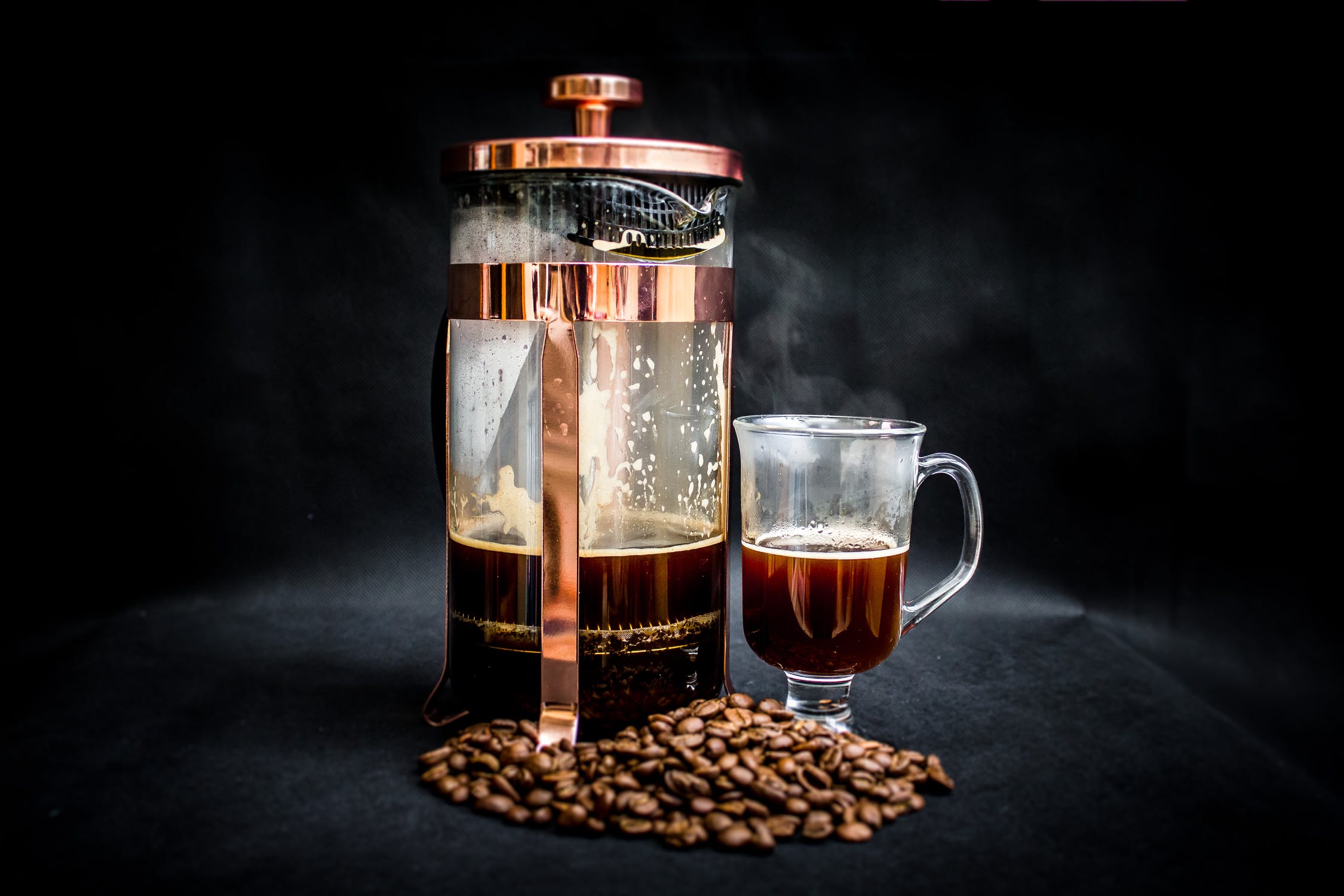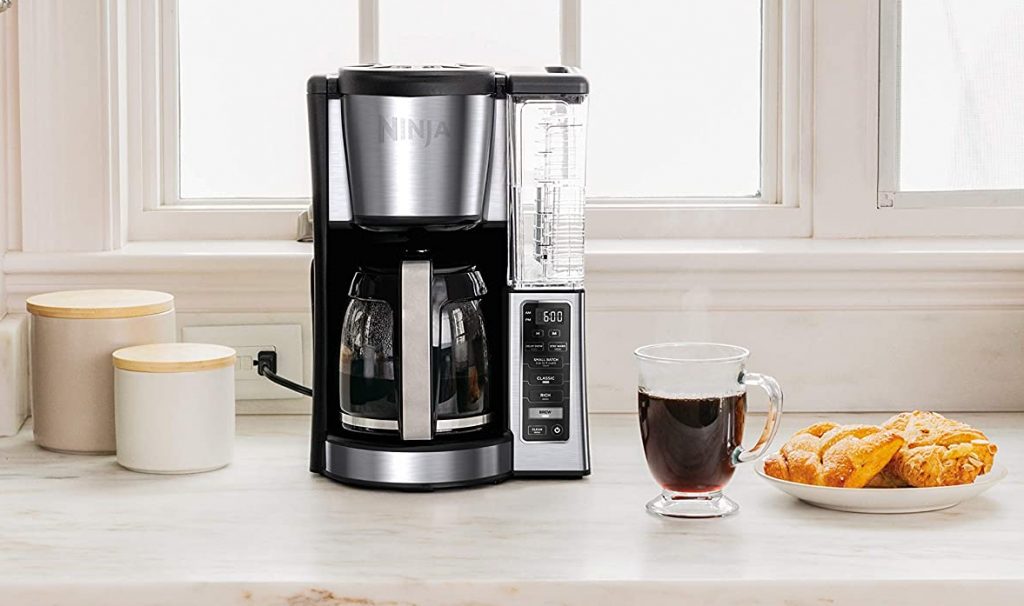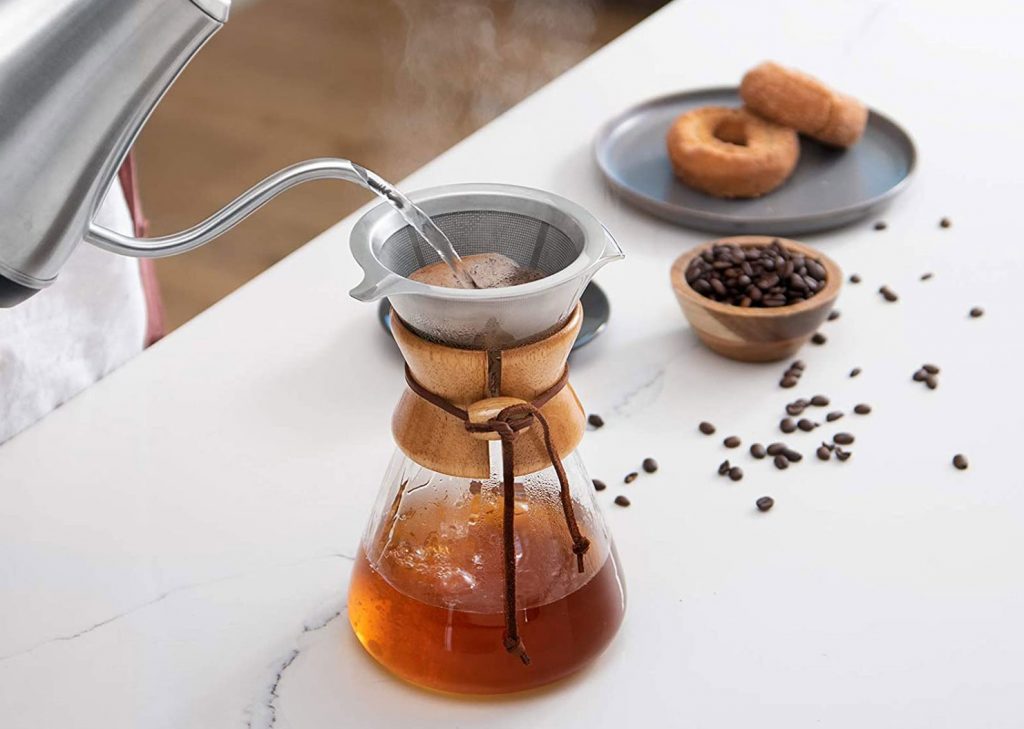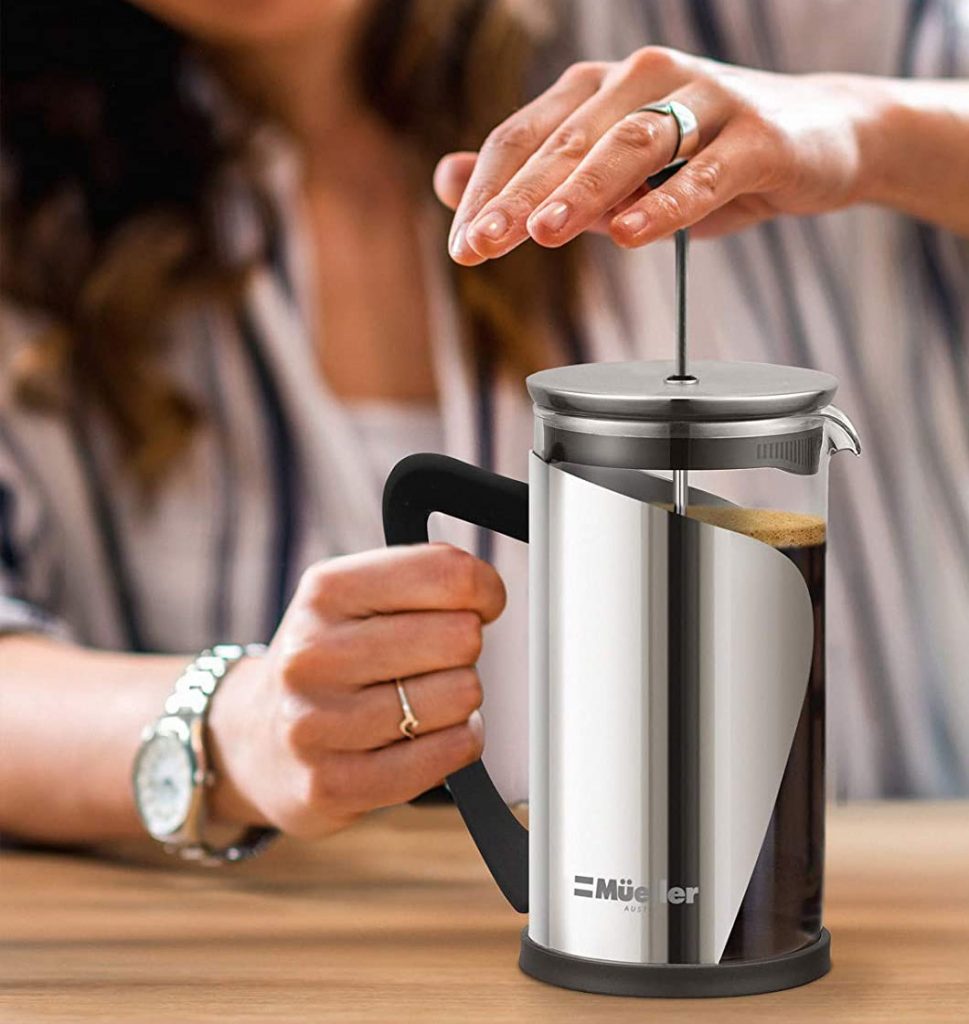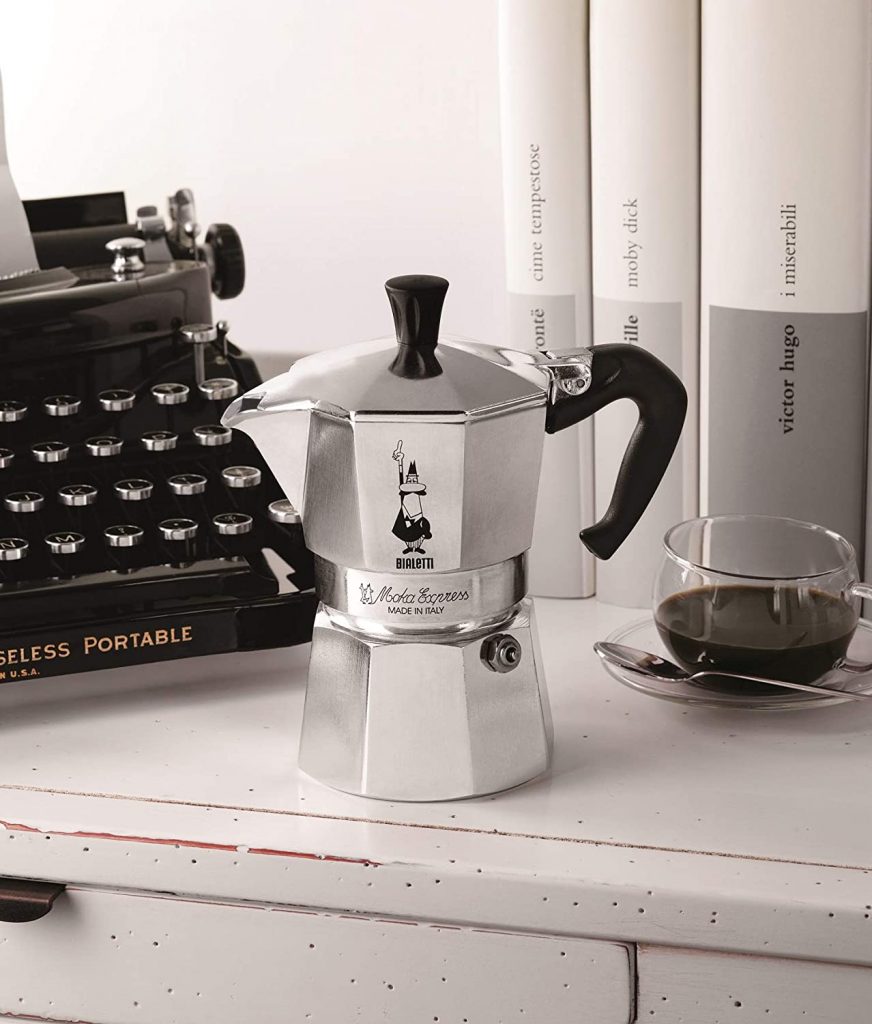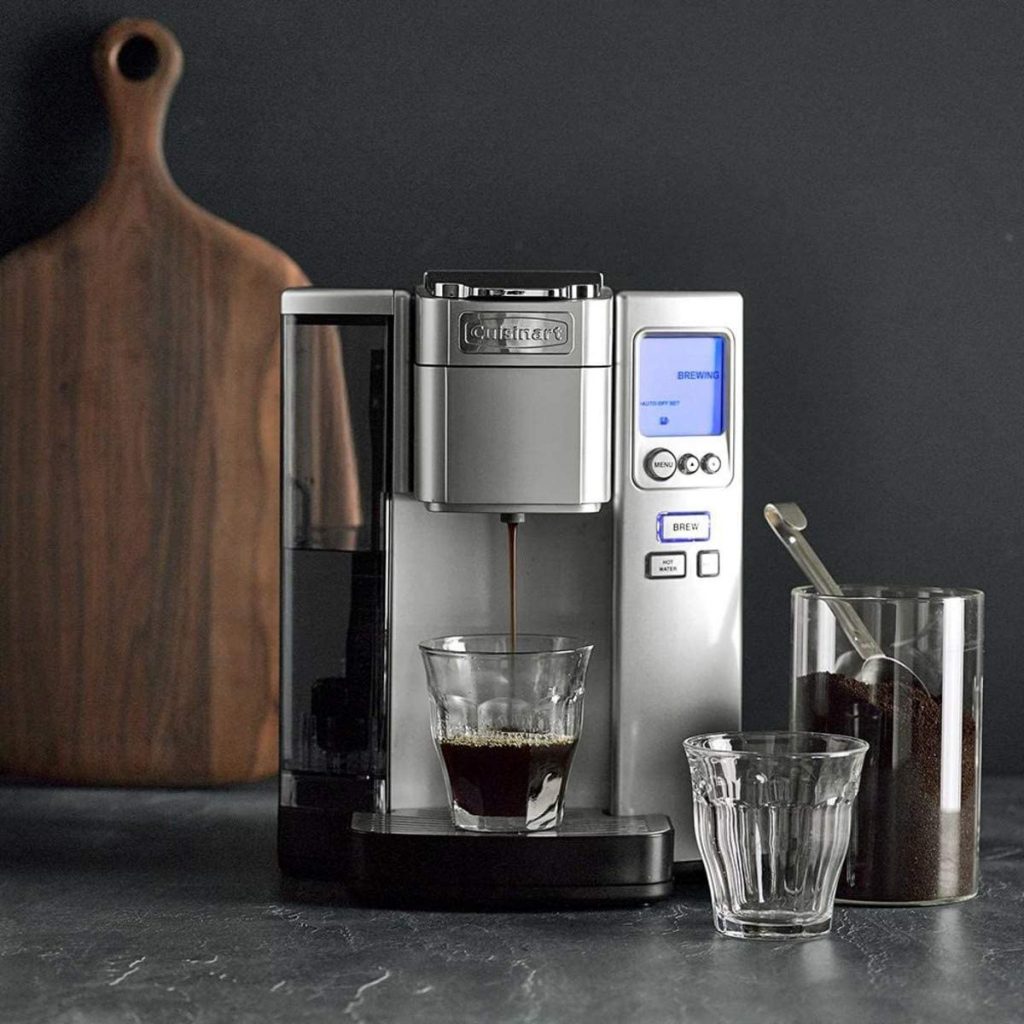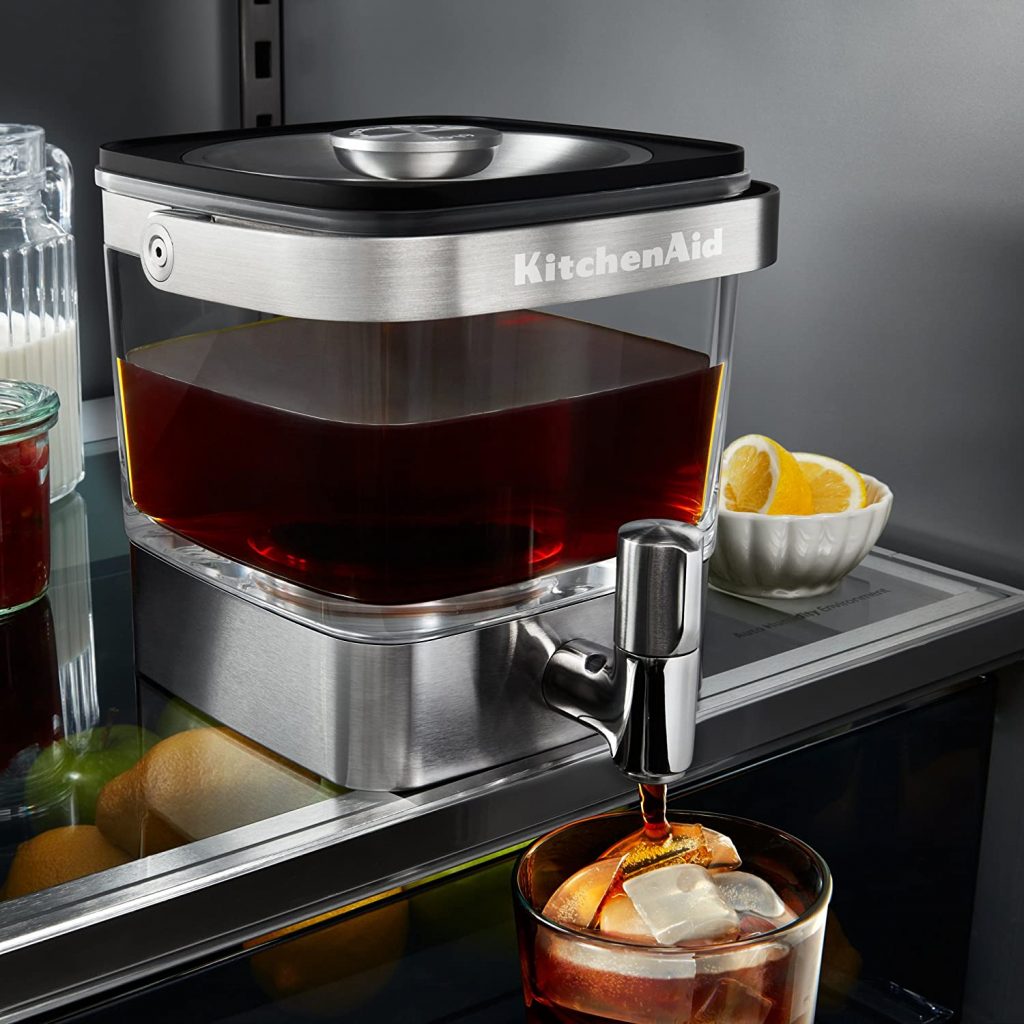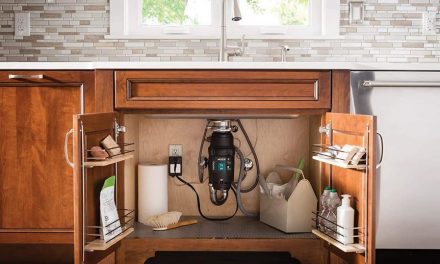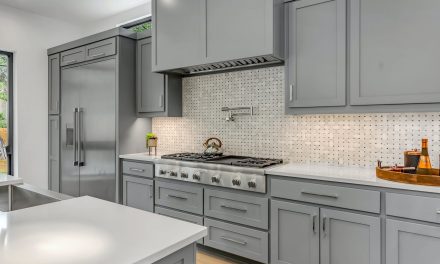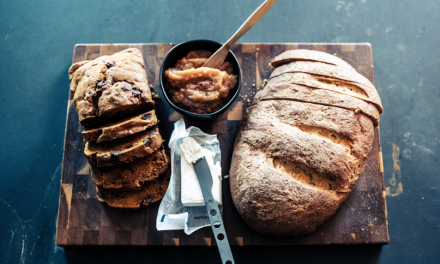Every day, millions of people around the world start their morning, afternoon, or evening with a cup of coffee. Boiled or brewed, poured or percolated, coffee gets us ready to meet whatever the day has to offer. But what kind of coffee and what coffee makers best suit your particular tastes?
In this article, we’ll talk about everything from beans to grind to preparation. We’ll discuss flavor, caffeine content, and the wide variety of commercially available coffee makers. But first, that all important variety, the base of everything from cappuccinos to americanos—let’s talk espresso.
Table of Contents
What turns coffee into espresso?
Espresso is an Italian method for brewing coffee. Instead of immersing ground coffee in water or pouring or dripping water through the grounds, the water is instead pushed through finely-ground coffee at a high pressure. This produces a stronger, more concentrated, and often more complex flavor. While espresso beans tend to be roasted dark, it’s the method and grind, not the bean, that makes espresso.

What coffee has the most caffeine?
There are two main species of coffee plant used in the production of coffee beans, Arabica and Robusta. Arabica beans make up the majority of global coffee consumption with their more delicate, sweeter flavor. Robusta beans are cheaper, more bitter, and have a higher concentration of caffeine (1.7-2.5% as opposed to Arabica’s 0.8-1.4%).
But preparation and brewing methods are also important factors of overall caffeine content.
- At the lower end of the scale are decaf coffees, which still contain a small amount of caffeine (2-3 mg for instant in an 8 fl. oz. serving, 3-4 mg for brewed).
- Drip and brew coffee (including cold brew) tend to have around 60-120 mg of caffeine in an 8 fl. oz. cup.
- A 2 fl. oz. shot of espresso tends to have about 60-100 mg of caffeine.
- At the high end are coffees specifically designed to be high in caffeine. These coffees’ caffeine content can push 1000 mg per 8 fl. oz. cup.
Within these ranges, however, the specific brewing method can be the deciding factor. Water temperature influences caffeine extraction, though all brewing methods call for similar water temperature. More importantly, brew time and grind size vary by technique and affect the caffeine content of the final product. If you want the highest possible caffeine content, grind small and brew long, but keep in mind that this also affects the flavor of the coffee.
It is often said that roasting affects caffeine content, and it’s true that, by volume, a light roast will have more caffeine (and produce a more caffeinated cup). By weight, the opposite tends to be true, as dark roasted beans weigh less. But roasting doesn’t affect the amount of caffeine in each bean, and consistent results are achievable with consistent methods.
Does espresso have more caffeine than other coffee?
By volume, yes, but with espresso’s smaller serving size, the caffeine in a 2 fl. oz. shot is comparable to that in a cup of coffee.
The different ways to make coffee
People have been drinking coffee for centuries, but in recent years new methods have exploded onto the scene. With so many options, the aspiring coffee connoisseur is left with choices—between traditional and modern, automatic and manual, and even hot and cold.
Let’s take a look at a few popular methods and devices to help you on your coffee journey!
Drip coffee makers
Standard, but far from boring, drip coffee makers range from the simplest models to modern, highly programmable versions. Ninja’s line of programmable brewers allow serving sizes from single cups to full carafes, and offer delayed brewing and variable brew strength. Many models offer additional functionality from milk frothers to options for tea brewing. Others, like Cuisinart’s Perfectemp coffee makers, allow custom temperatures and provide a self-clean function. Breville’s Precision Brewers include a steep and release valve to ensure optimal brewing, even for individual cups. Check out the bestselling coffee machines on Amazon.
Pros
- Easy to use
- Can make anything from a single serving to a pot
Cons
- Takes more time than other methods
- Some models require paper filters
Pour-over coffee makers
There are dozens of styles of pour-over coffee maker, but they all share the basic concept of pouring hot water over prepared ground coffee into a vessel. They are generally simple in construction, require nothing but hot water and ground coffee, and give the user a great amount of control over their coffee experience. Complexity can range from a simple filter-over-cup setup to the highly popular if somewhat difficult to clean Chemex. See the bestselling pour-over coffee makers on Amazon.
Pros
- Affordable
- Versatile
Cons
- Can require some technique
- Some paper waste
- Can be difficult to clean
French presses
Small, inexpensive, and requiring nothing but ground coffee and hot water, the French press has long been a favorite of coffee connoisseurs. The steeping and filtering produce a unique coffee experience, more rich and full-bodied than coffee produced through other methods, though the process can leave a small amount of sediment in the cup. No matter your size or style needs, there’s likely to be a French press that will work for you. See the bestselling French presses on Amazon.
Pros
- Produces a smooth, rich coffee experience
- Espresso forms the basis for dozens of popular coffee drinks
Cons
- Often large and bulky
- Can be pricey
Moka pots
For those who like the style, but not the expense (or the space required) to make espresso, the moka pot is a good espresso machine alternative. Popular in Europe, the moka pot produces its pressure through steam and only requires hot water, ground coffee, and a stove to use. The end product lacks espresso’s distinct layers as well as its characteristic smoothness, so espresso devotees might find themselves disappointed. Ultimately, it isn’t identical to espresso, but it still works great for cappuccinos and lattes.
Pros
- Fast
- Cheaper and more portable than most espresso machines
Cons
- Can be difficult to use
- End product not identical to espresso
Percolators
Not just for diners, percolators are a good way to make a large pot of coffee and keep it hot. From quick, easy to use electric percolators to more traditional (and more affordable) stove-top models, percolators are a classic for a reason. Check out the bestselling percolators on Amazon.
Pros
- Simple to use
- Makes large quantities easily
Cons
- Allows less control over the coffee
- Can sometimes produce a more bitter brew
The AeroPress
A new arrival on the coffee brewing scene, the AeroPress is popular with campers and frequent travelers. Similar to espresso machines, the AeroPress uses pressure to push water through ground coffee beans, creating a unique and customizable coffee experience. Unlike espresso machines, however, the AeroPress is small and compact. It goes where you go, and it brings high quality coffee with it.
Pros
- Portable
- Fast
Cons
- Difficult to make large quantities
- Can be hard to use
Single-serve coffee makers
Single-serve coffee makers have exploded in popularity in recent years. Convenient for home and work (and work from home), they’re fast, intuitive, and come in a wide variety of sizes and styles. Unparalleled in variety, they offer hundreds of different flavors, not only of coffee but also tea, hot chocolate, cider, and more. Easy to use, and easy to clean, with single-serve coffee makers, there’s a world of flavor at your fingertips. See the bestselling single-serve coffee machines on Amazon.
Pros
- Quick and easy
- Easy to clean
Cons
- Few customizable settings
- Difficult to make large quantities
- Produces plastic waste
Cold brew coffee makers
For the coffee lover who prefers their brew cold, a cold brew coffee maker might be what you’re looking for. Brewed slowly over hours, this coffee has a less bitter taste than its hot-brewed counterpart and stays fresh in the refrigerator for up to two weeks. From cold filter to cold drip, cold brew coffee is a brave new world of coffee experience. See the bestselling cold brew coffee makers on Amazon.
Pros
- Easy to use
- Flavor is smooth and rich
Cons
- Not very versatile
- Takes a long time to brew

